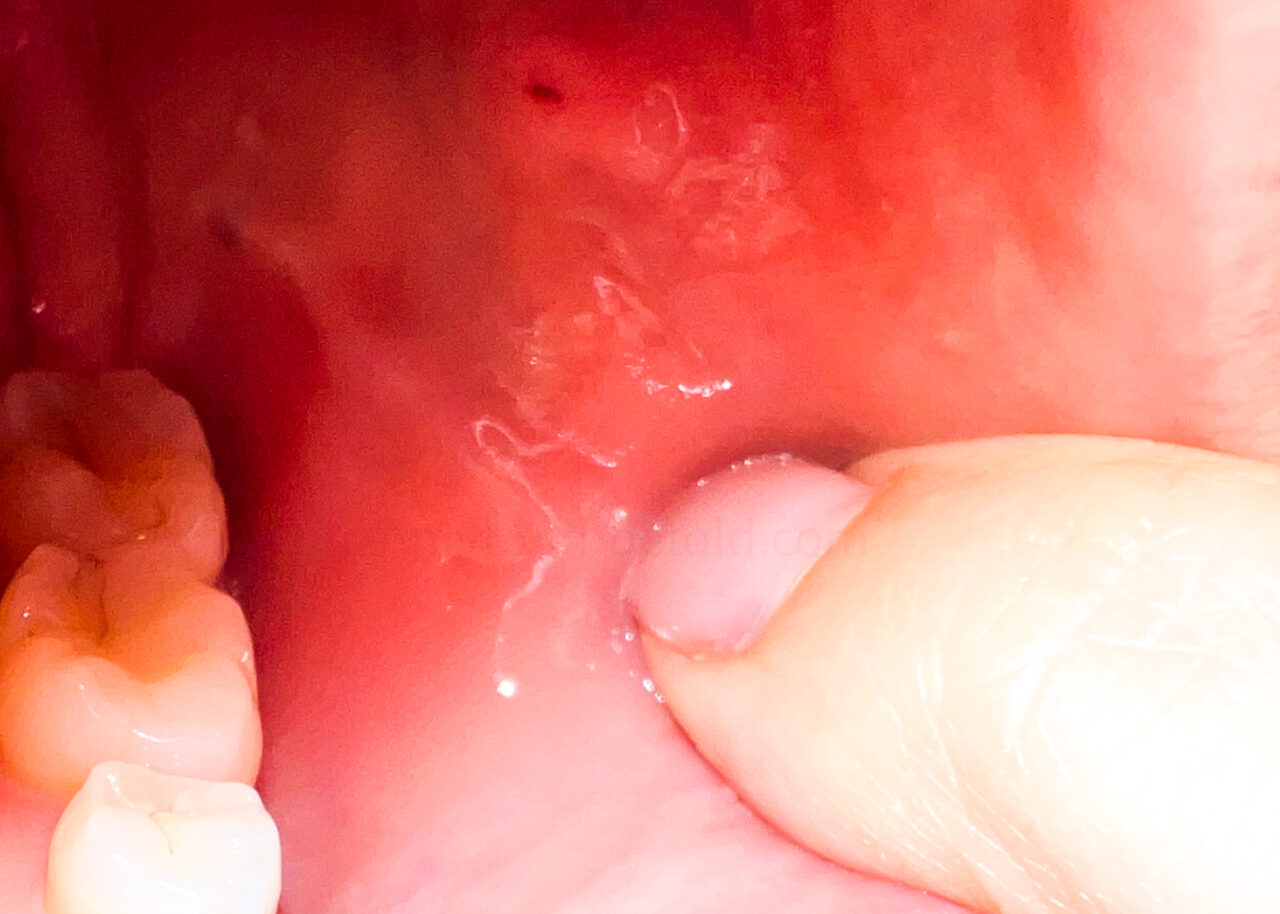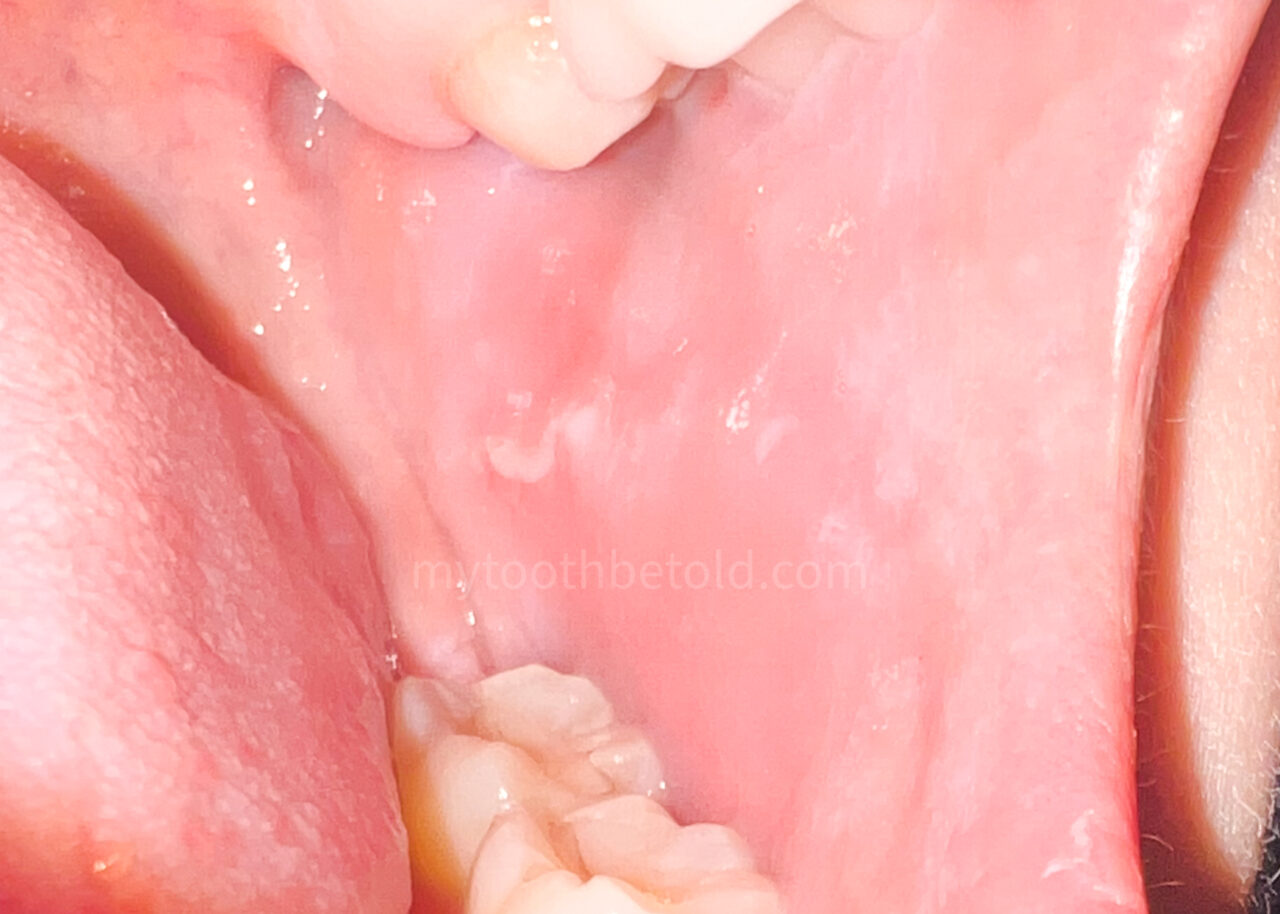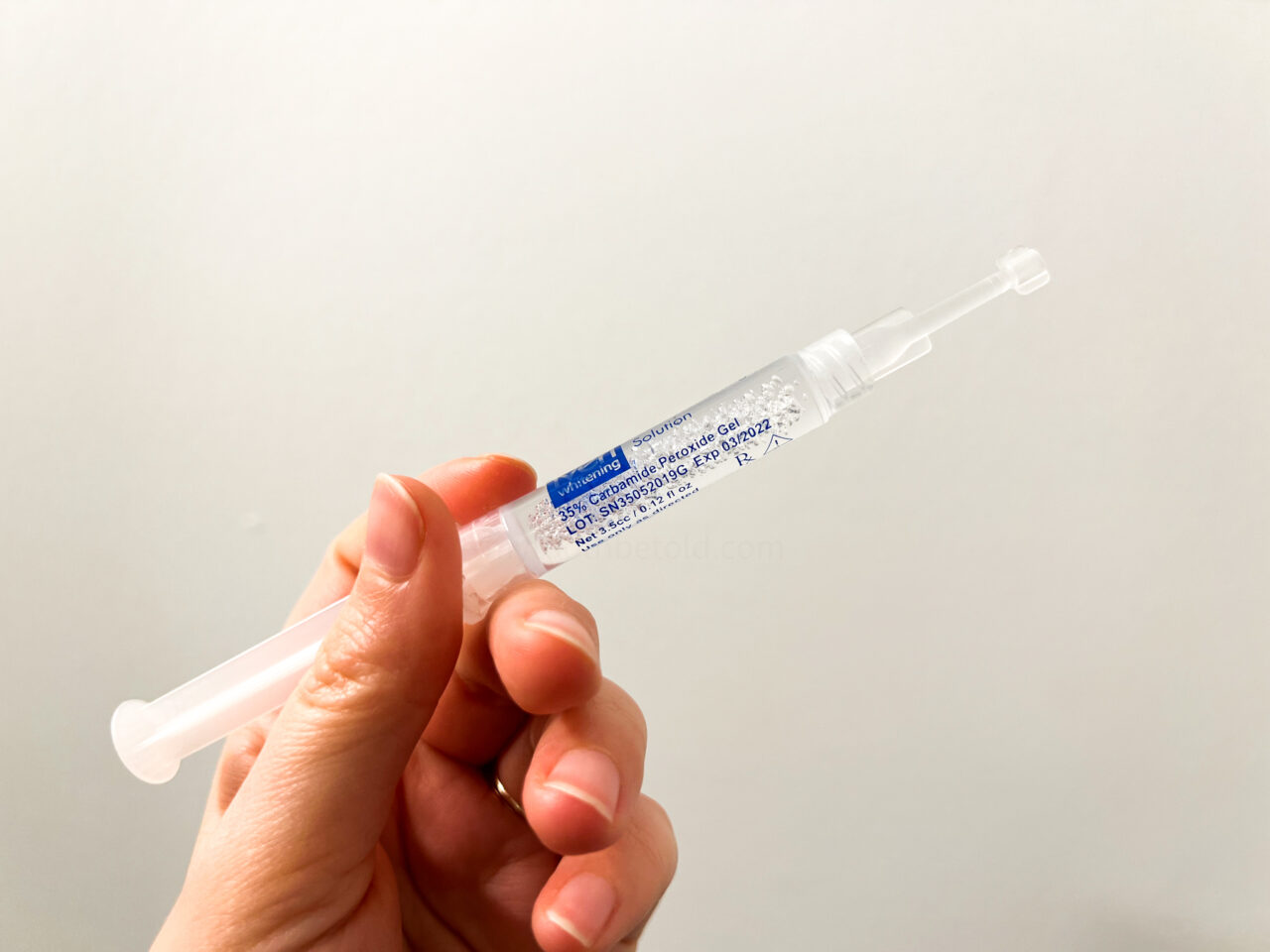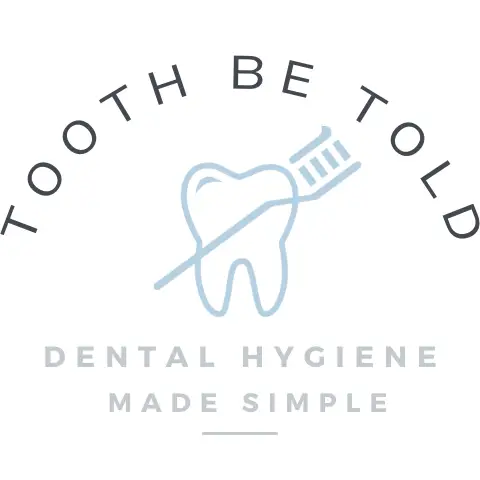
Skin peeling in the mouth can be alarming if you haven’t experienced it before. It can occur on the cheeks, gums and palate. As a dental hygienist, I encounter many patients who experience skin peeling (tissue sloughing). I often discuss with them possible causes and how to stop the skin from peeling.
To prevent skin peeling (tissue sloughing) in the mouth, it’s important to identify the underlying cause. Peeling can be caused by allergies, oral infections, burns, dry mouth, smoking, mouth breathing, and oral trauma. Avoid triggers, seek appropriate treatment, and change habits to stop peeling.
In this post, I explain in detail the different allergic reactions, oral infections that can cause peeling, and all the information I give to my patients in my dental chair about tissue sloughing. Not everyone’s symptoms will be the same, and different mouth areas can have different causes of peeling.

Signs and symptoms of tissue sloughing; causes and appearance
*In the remainder of this post, I will use tissue sloughing instead of skin peeling.
Tissue sloughing is usually first noticed when the tongue explores the mouth, and we get stringy pieces attached to the tongue. The sloughing tissue is in very thin layers and can even appear as a thin whitish film over the soft tissue.
Tissue sloughing can also have other symptoms, such as;
- inflammation (redness and mild swelling)
- dry mouth or excessive salivation
- burning feeling in the mouth
- difficulty eating, drinking or speaking
If you notice your tissue sloughing or experience any of these symptoms, it is essential to speak to your dental professional.
Having an in-person exam is ideal because your mouth is unique. The doctor can give you 100% tailored advice and a treatment plan for your specific concern and rule out other more severe issues.
As a rule of thumb, if you have a lesion in your mouth or a lump or bump that has not gone away within two weeks, please see your dental professional or medical doctor. I suggest taking pictures so you can monitor the size, shape, colour, and location and compare them with future images.
For example, oral thrush can be easily confused with tissue sloughing, as a white film of an overgrowth of yeast can cause white patches that can be rubbed off.
Oral thrush (candidiasis) is a fungal infection; medication must be prescribed to eliminate it.
Tissue sloughing can also be caused by dry mouth.
Dry mouth can occur from medications, medical conditions, or cancer treatment. Understanding the cause of tissue sloughing is essential to develop an appropriate treatment plan.
Read Now: How Can I Protect My Teeth From Dry Mouth? 18 Ways
Tissue sloughing starts when soft tissue cells overproliferate, and the body cannot keep up with the regular shedding of cells. When this happens, the cells are abundant and will be lost more significantly than you can see or peel off.
The mouth’s soft tissue cells typically change every 14-21 days. But when this is expedited, or the cells cannot shed properly due to dry mouth, the dead cells accumulate and can slough off, allowing the person to peel off the layer. Source
Below, I discuss how to get tissue sloughing to stop or reduce, and what I discuss with my patients for different areas of the mouth experiencing tissue sloughing.
How to stop skin peeling in the mouth (tissue sloughing)
To stop tissue sloughing;
- Change your toothpaste to one that does not contain (sodium lauryl sulphate), a whitening or anti-tartar agent
- Stop using mouthwash that contains alcohol, has a low pH level, or contains SLS
- Do not consume burning hot liquids or food items. (let them cool down)
- Be mindful of oral habits such as cheek biting, clenching or grinding, smoking, and mouth breathing
To learn more about SLS in toothpaste and how it affects the tissue in the mouth, I wrote a whole post on it, which is linked below. The post goes into much more detail about SLS in toothpaste than I discuss in this post.
Read Now: SLS Containing Toothpaste; Cause of Tissue Peeling in Mouth
Below, I go into more detail about where you may be experiencing tissue sloughing. Different areas of the mouth can be affected differently for various reasons. I want to give you a more detailed answer according to the location in the mouth.
Allergies, trauma, or parafunctional habits such as clenching and grinding can cause tissue sloughing on any soft tissue surface in the mouth. Still, the specific location can hint at what is causing the tissue to slough off.
Tissue sloughing inside lips
Tissue sloughing inside the lips may occur due to an allergic reaction or lip biting. Personally, I’ve noticed that I tend to bite my lips when I am nervous or anxious. After a few days, the affected tissue begins to peel off, and the body naturally replaces the dead tissue cells with new ones.
Tissue sloughing inside cheeks

If the tissue sloughing only occurs on the inside of the cheeks, it could be due to frictional keratosis.
Frictional keratosis occurs when repeated friction and trauma cause more keratin formation in an area. For example, it is similar to forming a callus on our hands when repeatedly using a shovel. The tissue on our hands creates a thicker area of keratin for protection.
The friction caused by clenching, grinding, or cheek biting can increase the formation of keratin on the inside of the cheeks, forming a linea alba.
The tissue on the linea alba can peel and slough off.
If the tissue is peeling from a larger area, it is most likely from using a substance that comes into contact with the inside of the cheek, such as mouthwash or toothpaste.
Tissue sloughing on the roof of the mouth (palate)
If tissue is sloughing only on the roof of the mouth, it is most likely caused by trauma. Hot food or drinks can burn the tissue, scratches or injury from biting into food such as hard bread can cause injury, and the injured tissue sloughs off during the healing phase.
When I was in dental hygiene school, one of my teachers was a dentist. He made a joke about the tissue sloughing on the palate of our patients and how it often occurs when biting into hot pizza, and the cheese burns the roof of the mouth. He called it “pizza palatini,” which we dental people thought was pretty funny.
Tissue sloughing on the gums
Tissue sloughing only on the gums is usually caused by trauma or an allergy to SLS or whitening agents.

When peroxide comes into contact with gum tissue, it can lead to gum burns and tissue sloughing during the healing process.
Below is a resource I wrote of tips and tricks during teeth whitening to prevent and protect the gums.
Read Now: How To Prevent and Protect Burned Gums From Teeth Whitening
I hope this information has helped you!
Holly 🙂
